- Joined
- Nov 14, 2015
- Messages
- 1,148
Straight to the point. This is an *estate* ring I just got. It was sold as a solid black Australian opal. The gold is marked as 18k. The opal is huge 6.something cts.
I am certain it's a solid opal. It has no potch on the back and some colour play. Louped it. 5th opal piece I own so I have limited experience with opal.
I would say 2.5 brightness if I'm being stingy. 3 on the brightness scale if not. Outside in the sun it's about 4 brightness (my little triangle shaped semi black next to it is a 4.5/5 brightness).
Rubbish indoor pictures as I'm in a rush. The opal seems to be set with clear glue residue around it also and the vendor said they did notice that and it is somewhat normal to use jewellers glue for extra protection so it doesn't fall out.
I'm certain it's not Gilson, certain it's solid no doublet or triplet. Now I need to know is it treated Ethiopian (I don't think so the colour play doesn't seem right but I've never seen ethppian opal). When I loupe it I see what looks like loads of black long thin needles (as it'd be called in other CS). What does this mean?
Any opinions?
THANK YOU!
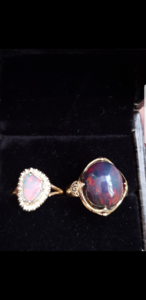
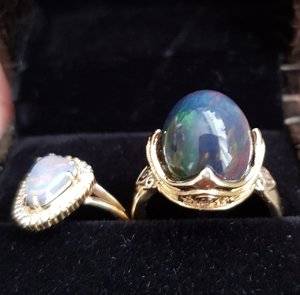
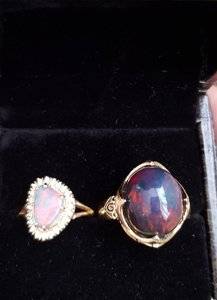
I am certain it's a solid opal. It has no potch on the back and some colour play. Louped it. 5th opal piece I own so I have limited experience with opal.
I would say 2.5 brightness if I'm being stingy. 3 on the brightness scale if not. Outside in the sun it's about 4 brightness (my little triangle shaped semi black next to it is a 4.5/5 brightness).
Rubbish indoor pictures as I'm in a rush. The opal seems to be set with clear glue residue around it also and the vendor said they did notice that and it is somewhat normal to use jewellers glue for extra protection so it doesn't fall out.
I'm certain it's not Gilson, certain it's solid no doublet or triplet. Now I need to know is it treated Ethiopian (I don't think so the colour play doesn't seem right but I've never seen ethppian opal). When I loupe it I see what looks like loads of black long thin needles (as it'd be called in other CS). What does this mean?
Any opinions?
THANK YOU!





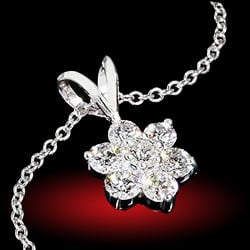
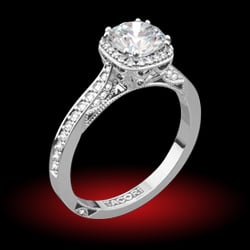
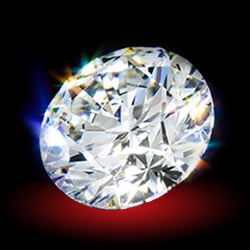
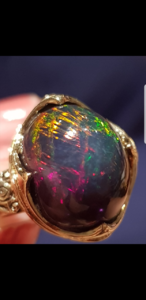
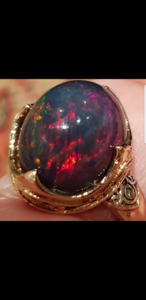

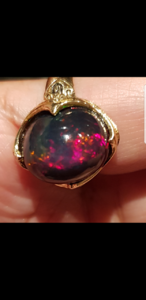


300x240.png)